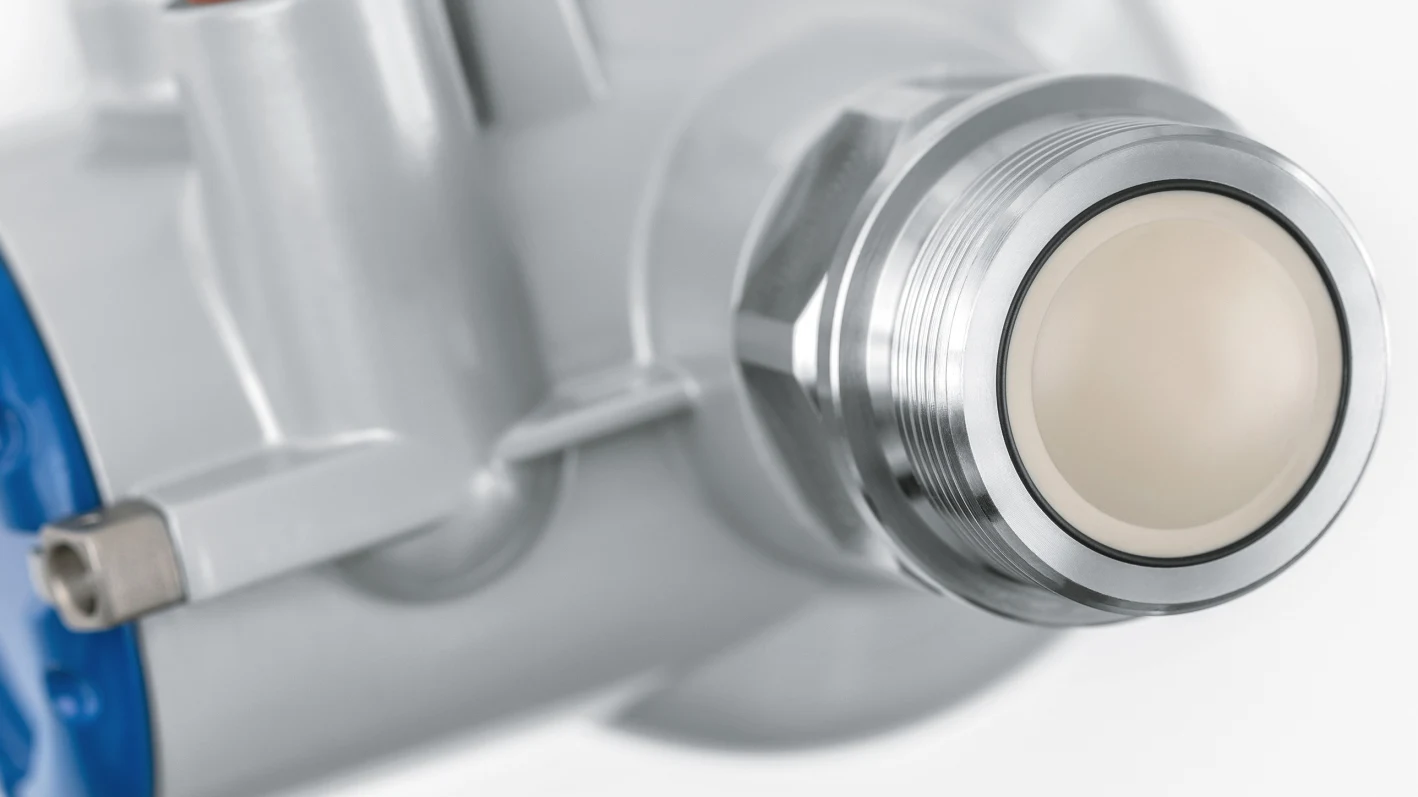
In the realm of industrial processes, precise and reliable level measurement is crucial for efficient operations and optimal safety. Radar level transmitters have emerged as one of the most widely used instruments for accurately gauging liquid and solid levels in various industrial applications.
Combining advanced radar technology with smart functionalities, these transmitters offer a myriad of benefits that have revolutionized level measurement across industries. This article explores the principles, applications, and advantages of radar level transmitters, shedding light on their importance in modern industrial settings.
Principles of Radar Level Transmitters
Radar level transmitters operate on the principles of electromagnetic wave propagation. They send out a radar signal towards the substance being measured, whether it’s a liquid, powder, or solid material. The radar signal interacts with the surface of the material, and a portion of it gets reflected back to the transmitter’s antenna.
By measuring the time taken for the signal to travel to the material and return, the transmitter calculates the distance to the surface, hence determining the level.
Types of Radar Level Transmitters
Guided Wave Radar Transmitters: These transmitters use a probe or rod that extends into the substance being measured. The radar signal travels down the probe, and the time delay in the signal’s reflection helps gauge the level accurately. Guided wave radar transmitters are commonly used for liquids and slurries.
Non-Contact Radar Transmitters: As the name suggests, these transmitters don’t require direct contact with the material. They emit radar signals towards the surface, and the signals reflect back, providing the necessary level data. Non-contact radar transmitters are suitable for measuring liquids and solids, especially when dealing with corrosive, abrasive, or sticky substances.
Applications of Radar Level Transmitters
Radar level transmitters find applications in a wide range of industries due to their versatility and reliability. Some of the key areas where these transmitters are extensively used include:
Oil and Gas: In the oil and gas industry, radar level transmitters are employed for measuring crude oil levels in storage tanks, monitoring liquid levels in separators, and managing inventory in refineries. They can handle harsh environments, making them ideal for offshore installations.
Chemical Processing: Radar level transmitters are crucial for monitoring liquid levels in chemical reactors, storage vessels, and process tanks. Their ability to handle aggressive chemicals and high-pressure conditions ensures accurate and safe measurements.
Water and Wastewater: Municipal water treatment facilities and industrial wastewater treatment plants use radar level transmitters to measure water levels in tanks and basins. They aid in managing water resources and preventing overflows.
Food and Beverage: In the food industry, radar level transmitters are employed to measure levels of liquids, such as milk, beverages, and syrups, during production and storage. They also find application in monitoring silos storing grains and other raw materials.
Advantages of Radar Level Transmitters
Accuracy: Radar level transmitters offer high accuracy levels, providing reliable and consistent measurements even in challenging environmental conditions.
Non-Contact Operation: Non-contact radar transmitters eliminate the risk of sensor contamination or wear, making them suitable for measuring aggressive substances or materials with high hygiene requirements.
Versatility: Radar level transmitters can measure levels of various substances, including liquids, powders, and solids, across different industries, making them highly versatile.
Minimal Maintenance: With no moving parts and non-contact operation, radar level transmitters require minimal maintenance, reducing downtime and overall operating costs.
Real-Time Monitoring: Many modern radar level transmitters come equipped with advanced digital interfaces, enabling real-time level data monitoring and remote accessibility.
Conclusion
Radar level transmitters have become indispensable tools in modern industrial settings due to their accuracy, reliability, and versatility. Their ability to withstand harsh conditions, non-contact operation, and real-time monitoring capabilities have significantly improved level measurement processes in various industries.
As technology continues to advance, radar level transmitters are expected to become even more sophisticated, further enhancing industrial processes and safety standards.
Leave a Reply